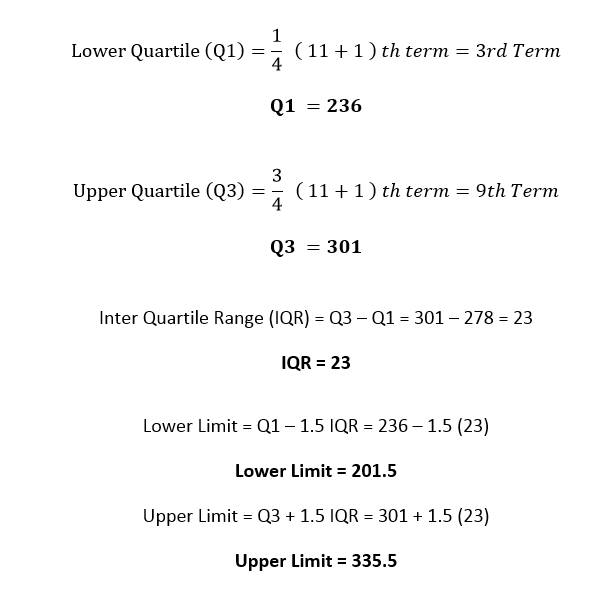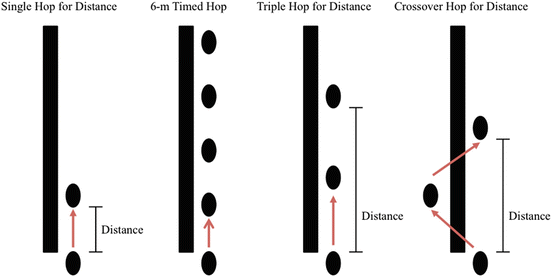

157 in this case) and the upper quartile is the 3(n+1)/4 the value. The lower quartile is (n+1)/4 th value (n is the cumulative frequency, i.e. It is a method of measuring the spread of the data. It is useful since it ignore the extreme values. The inter-quartile range is a method of measuring the spread of the numbers by finding the middle 50% of the values. However, the extremes in this set (8 and 50) distort the range. If we divide a cumulative frequency curve into quarters, the value at the lower quarter is referred to as the lower quartile, the value at the middle gives the median and the value at the upper quarter is the upper quartile.Ī set of numbers may be as follows: 8, 14, 15, 16, 17, 18, 19, 50.

In such questions, it is often easiest to set your working out in a table: The table shows marks (out of 10) obtained by 20 people in a test The standard deviation can be found by taking the square root of this value. The formula for the variance when the data is grouped is as follows. The one above is for a basic list of numbers. There are many ways of writing the formula for the standard deviation. If the data is multiplied by the constant k, the mean and standard deviation will both be multiplied by k. If a constant, k, is added to each number in a set of data, the mean will be increased by k and the standard deviation will be unaltered (since the spread of the data will be unchanged). (Step 5): standard deviation = 2.77 (3sf) (5) For the standard deviation, square root the answer to step (4).įind the variance and standard deviation of the following numbers: 1, 3, 5, 5, 6, 7, 9, 10. (4) Divide step (3) by n, which is the number of numbers (3) S(x r - m) 2 means add up all of the results obtained from step (2). (2) (x r - m) 2 means square each of the results obtained from step (1).

(1) x r - m means take each value in turn and subtract the mean from each value. The standard deviation, s, is the square root of the variance. The formulae for the variance and standard deviation are given below. Measures of dispersion measure how spread out a set of data is.


 0 kommentar(er)
0 kommentar(er)
